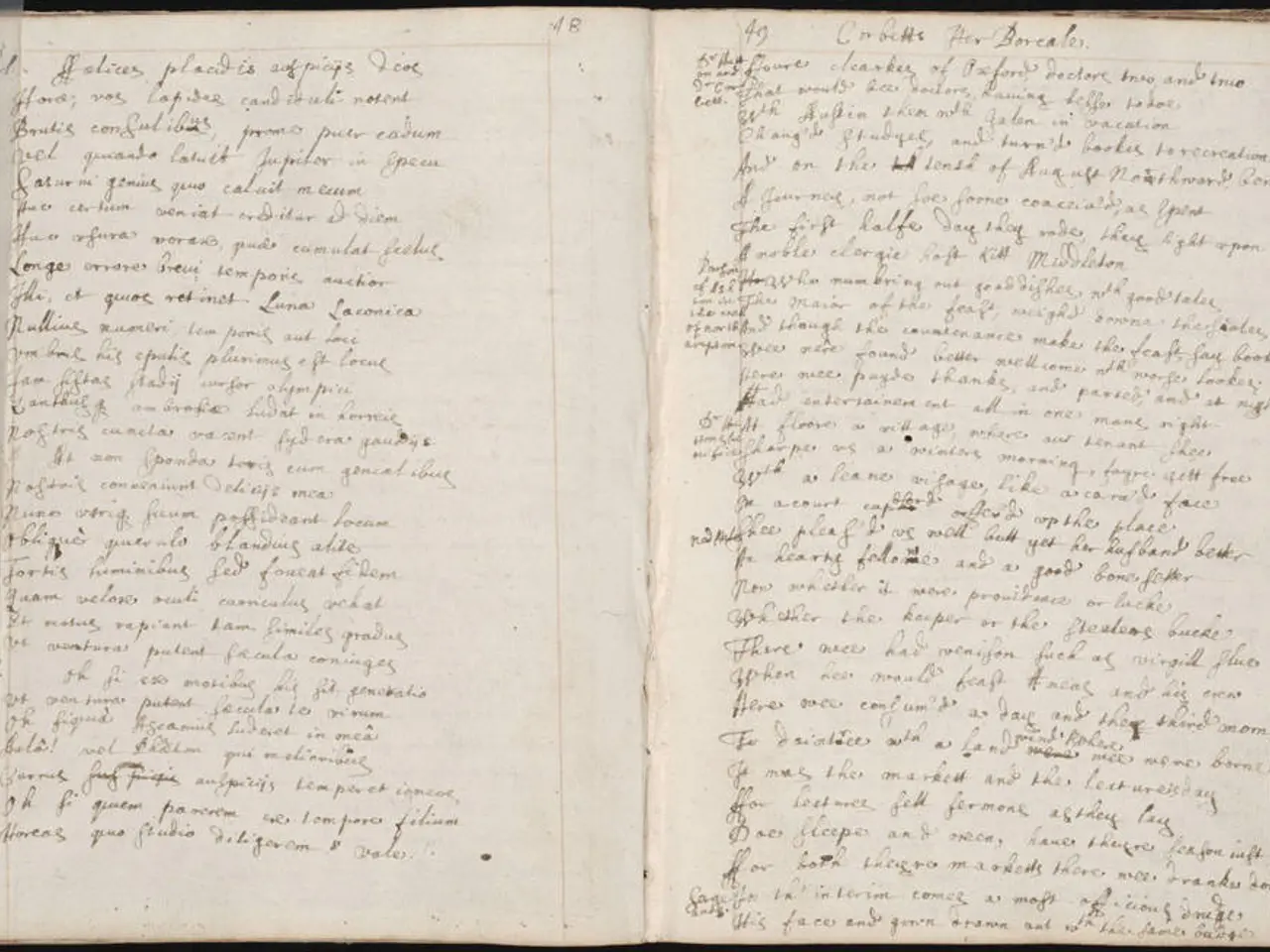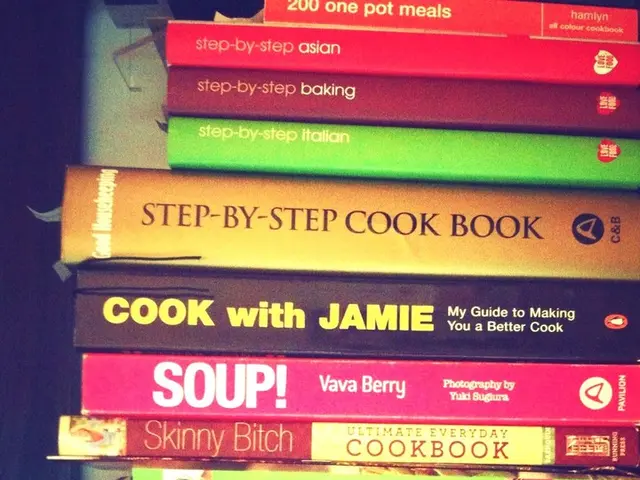Choosing Between Self-Publishing and Traditional Publishing: How to Make an Informed Decision?
When it comes to publishing a book, two popular routes exist: self-publishing and traditional publishing. Each path offers unique advantages and challenges for authors.
Self-Publishing
Self-publishing provides authors with ultimate control over their work, enabling them to make decisions about everything from the book cover design to the content and formatting. This complete creative control can be a significant draw for many writers, as it allows them to maintain their vision without needing approval from gatekeepers [1][3].
Additionally, self-published books can be published within weeks rather than the 12–18 months typical of traditional routes [1][3]. This speed can help authors capitalise on current trends and gain an early foothold in their respective markets.
Self-published authors can also earn higher royalties, with rates ranging between 35% to 70%, compared to the 8–15% offered by traditional publishers [1][3][5]. This increased long-term profit potential is another attractive aspect of self-publishing.
Moreover, self-publishing is ideal for niche audiences. By tailoring books directly for specific, potentially underserved markets, authors can reach readers who might otherwise be overlooked by traditional publishers [1]. Furthermore, authors retain full rights to their work, enabling more flexibility with adaptations or future editions [4].
However, self-publishing comes with its own set of challenges. Upfront costs can be significant, with authors paying out of pocket for editing, design, formatting, marketing, and printing. Typical costs range from $1,000 to $5,000 or more [1][3][4].
Another downside is the marketing burden on the author. Without publisher support, all promotion and sales efforts fall on the writer, requiring knowledge and persistence [1][3]. Additionally, self-published books often lack presence in brick-and-mortar bookstores or libraries, limiting their reach compared to traditionally published titles [3].
Lastly, the lack of built-in credibility can make it harder for self-published authors to gain trust and validation from readers, reviewers, and media [1]. Quality control also depends on the author's investment, with professional editing and design depending on their choices and budget, potentially risking lower perceived quality if corners are cut [1].
Traditional Publishing
Traditional publishing offers built-in credibility, professional editing and design, wider bookstore and library distribution, and some marketing support. However, this comes at the cost of limited creative control, lower royalties, and longer timeframes [1][3].
In traditional publishing, royalties are a factor, but they are typically lower than those in self-publishing, ranging from 8–15% [1][3]. On the plus side, traditional publishing might provide an advance to help with marketing or bills.
Having an agent in traditional publishing ensures someone is invested in your career, offering guidance and support throughout the publishing process. However, it is challenging to get an agent and sell a book to a big publishing house [2].
It is worth noting that, despite the benefits of traditional publishing, authors still need to market themselves and their work. While decisions, editing, book design, and publication are handled, the author is still responsible for promoting their book to ensure its success [6].
In conclusion, both self-publishing and traditional publishing require hard work and perseverance. The choice between the two paths depends on an author's priorities, budget, and aspirations. Self-publishing trades speed, control, and potential profitability for financial risk and greater author responsibility, while traditional publishing offers built-in credibility, professional support, and wider distribution but with limited creative control and lower royalties.
[1] https://www.thebalancecareers.com/self-publishing-versus-traditional-publishing-1996687 [2] https://www.writersdigest.com/writing-and-publishing/how-to-get-a-literary-agent [3] https://www.forbes.com/sites/forbesbooks/2020/09/14/the-pros-and-cons-of-self-publishing/?sh=4079c6f266f0 [4] https://www.thebalancecareers.com/book-publishing-rights-and-options-1996693 [5] https://www.thebalancecareers.com/book-publishing-royalties-1996694 [6] https://www.theguardian.com/books/2019/nov/11/self-publishing-vs-traditional-publishing-which-route-should-you-take
Books catering to specific interests can find a larger audience in the realm of self-publishing, as authors can customize their content for niche markets that traditional publishers might overlook. In contrast, traditional entertainment, such as books published by large publishing houses, carries an inherent credibility that can help it gain traction in stores, libraries, and the media.







